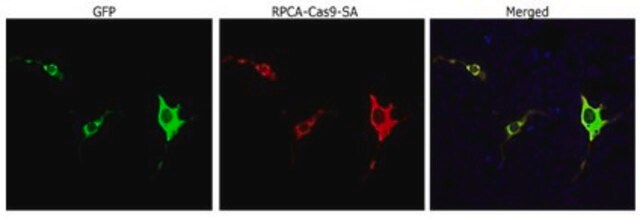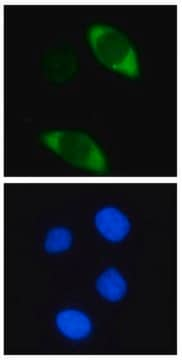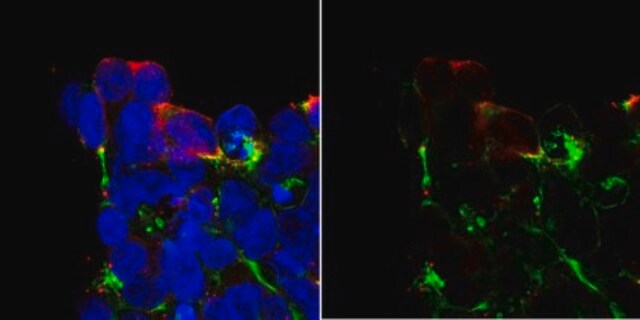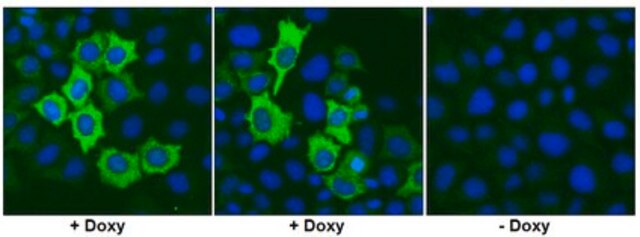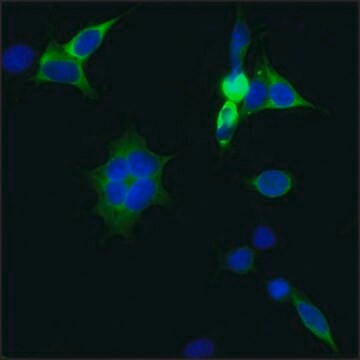MAC141
Anti-Cas9 Antibody, C-terminal Antibody, clone 5F1 Antibody, S. aureus
clone 5F1, from mouse
Synonym(s):
SaCas9, CRISPR-associated endonuclease Cas-9
About This Item
Recommended Products
biological source
mouse
Quality Level
antibody form
purified antibody
antibody product type
primary antibodies
clone
5F1, monoclonal
species reactivity
Staphylococcus aureus, bacteria
species reactivity (predicted by homology)
all
packaging
antibody small pack of 25 μg
technique(s)
western blot: suitable
isotype
IgG1κ
UniProt accession no.
shipped in
ambient
target post-translational modification
unmodified
General description
Specificity
Immunogen
Application
Secondary & Control Antibodies
Quality
Isotyping Analysis: The identity of this monoclonal antibody is confirmed by isotyping test to be mouse IgG1 .
Target description
Physical form
Storage and Stability
Other Notes
Disclaimer
Not finding the right product?
Try our Product Selector Tool.
Storage Class
12 - Non Combustible Liquids
wgk_germany
WGK 1
Certificates of Analysis (COA)
Search for Certificates of Analysis (COA) by entering the products Lot/Batch Number. Lot and Batch Numbers can be found on a product’s label following the words ‘Lot’ or ‘Batch’.
Already Own This Product?
Find documentation for the products that you have recently purchased in the Document Library.
Our team of scientists has experience in all areas of research including Life Science, Material Science, Chemical Synthesis, Chromatography, Analytical and many others.
Contact Technical Service